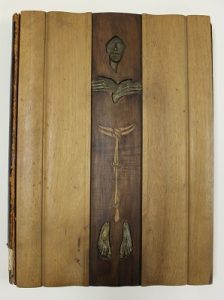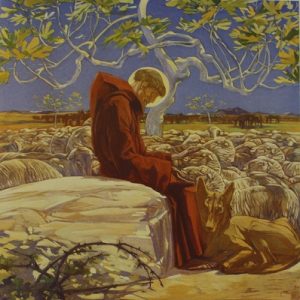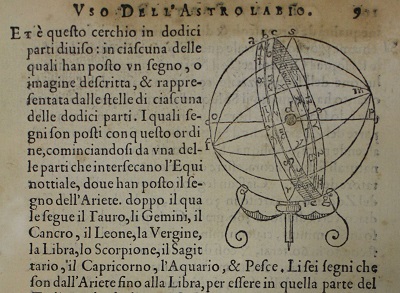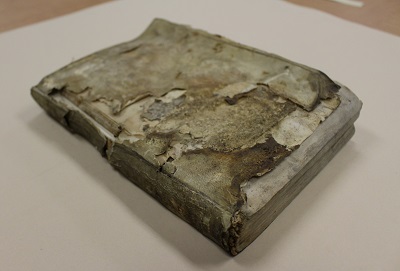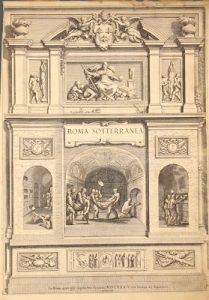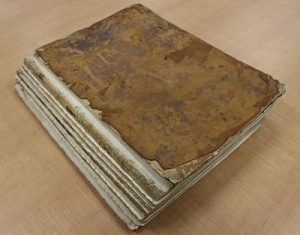The Archives and Special Collections Center is launching a new Adopt a Book program! This program gives donors the opportunity to contribute to the conservation of specific items from our collection that interest them. Each month, we will feature a different adoptable book here on our blog. To learn more about the program, or to make a donation, please visit our Adopt a Book page.
A full inquiry into the subject of suicide. To which are added (as being closely connected with the subject) two treatises on duelling and gaming … by Charles Moore
Charles Moore (1743-1811) was a rector and vicar of the Church of England. He was born in London in 1743, and during his career he worked in churches throughout England. In 1792 he was appointed to the College of Six Preachers of Canterbury Cathedral, a distinguished group of priests who were called upon to preach both at the Cathedral and in their own parishes.
A full inquiry into the subject of suicide is Moore’s most significant scholarly work. It was written as a response to Hume’s 1783 Essay on Suicide. While Hume argues that suicide can be justified and even preferable in some cases, Moore contends that any form of suicide is morally wrong and an affront to God. He includes an extensive literature review that is a great resource on attitudes towards suicide in the 18th century. He also wrote two treatises on dueling and gaming and their relation to suicide, which are included at the end of the volume.
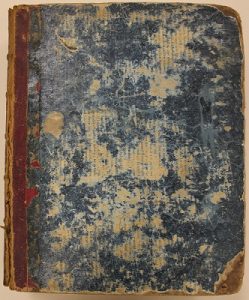
The Archives and Special Collections Center holds a rare copy of A full inquiry into the subject of suicide. While the work was originally published as a two volume set, the Archives’ copy contains both volumes and the two treatises on dueling and gaming bound together as one. This copy is in need of conservation treatment to clean and repair its leather spine, reattach its back cover and some of its leaves, and mend damaged areas on its covers. You can help support the conservation of this important work! Any donation toward preservation of this rare volume would be gratefully accepted. To donate, please visit our Adopt a Book page.

